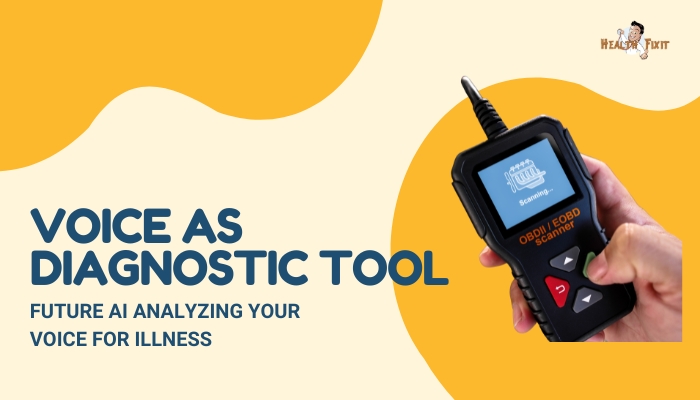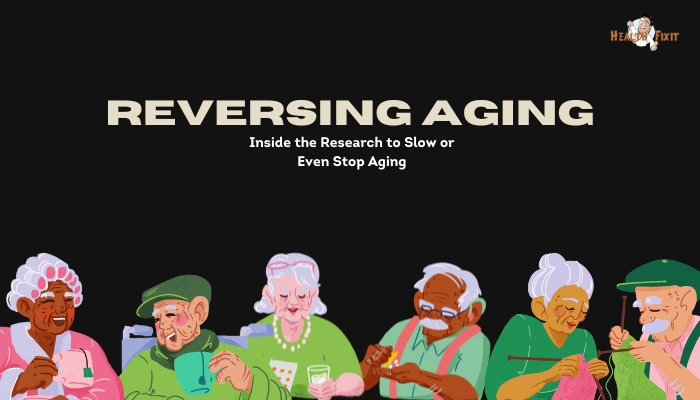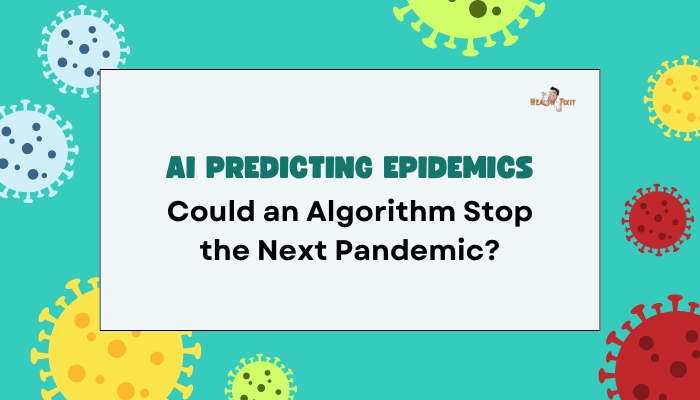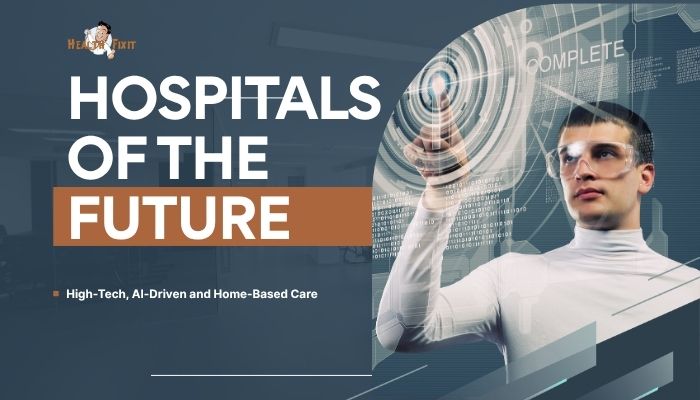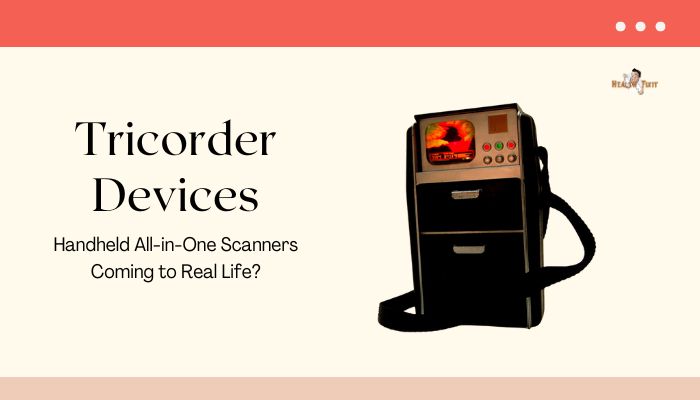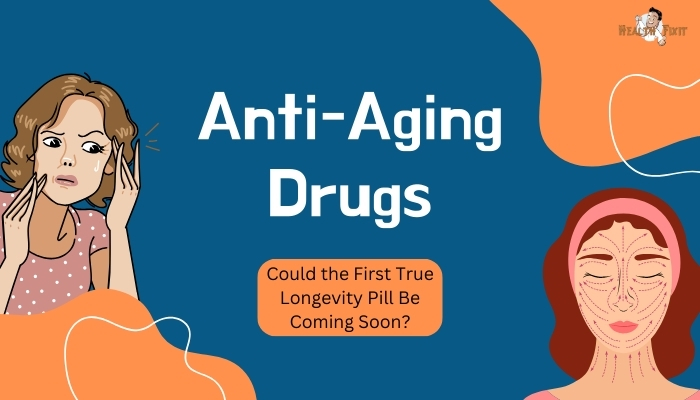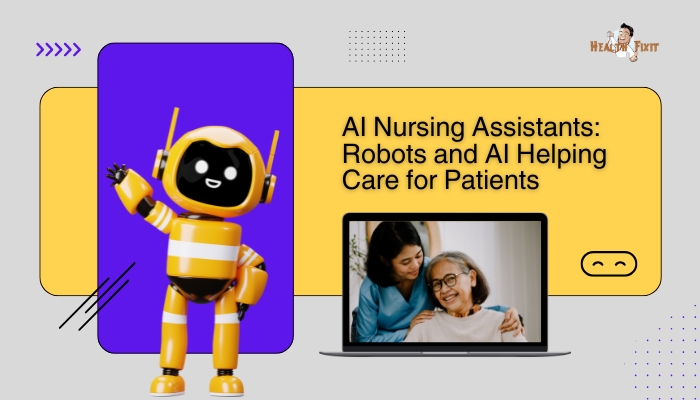Introduction
The human voice carries more than just words. Its pitch, tone, rhythm, and timbre can reveal underlying neurological or physiological conditions.
Recent advances in AI-based voice analysis tap these subtle cues to screen for diseases ranging from Parkinson’s to depression—potentially offering inexpensive,
noninvasive detection through a simple smartphone app. This article explores the science behind vocal biomarkers, the technologies that enable them, and what the future holds for using voice as a diagnostic window into overall health.
Why Voice?
A person’s voice is shaped by the complex interactions of lungs, vocal cords, mouth, tongue, and nervous system control.
Disease processes—from changes in muscle function to emotional states—alter speech patterns or acoustic properties. Researchers identify consistent “vocal signatures” that correlate with:
- Parkinson’s disease: Altered pitch range, monotony, or breathiness.
- Major depression: Slowed speech, lower intonation variability.
- Respiratory issues: Variation in speech amplitude or cough patterns.
- Cognitive decline: Hesitation or changes in word-finding speed.
Noninvasive and Scalable
Unlike blood tests or imaging, voice analysis can happen anytime, anywhere—via phone calls or short recordings. This low barrier to entry could enable large-scale screening or monitoring programs, especially beneficial in remote or underserved areas.
How AI Analyzes Voice
Acoustic Signal Processing
First, software extracts features (like pitch, amplitude, jitter, shimmer) from raw audio. These features measure how consistent the voice is, how it modulates in frequency, or how breathy the speech remains. In disease states, certain patterns deviate from typical ranges.
Machine Learning Classifiers
Algorithms—ranging from random forests to deep neural networks—train on labeled datasets of healthy vs. diseased speech samples.
Over time, they learn to differentiate normal from pathological voice patterns. Some labs use recurrent neural networks to handle time-sequence data, capturing dynamic changes in speech.
Context and Language Models
To refine accuracy, advanced systems integrate linguistic or semantic context—for instance, analyzing not just pitch but the words chosen,
the rate of speech, or hesitation patterns. Combining acoustic and linguistic layers can yield more robust detection of mental health or cognitive issues.
Current Clinical Applications
Parkinson’s Disease Monitoring
Numerous studies demonstrate how voice-based AI can detect subtle signs of Parkinson’s—like micro-tremors in speech or reduced pitch variability—before classical motor symptoms are obvious.
Some smartphone apps gather daily recordings, building a longitudinal view that helps neurologists adjust medications or track disease progression.
Mental Health Screening
Pilot projects show promise in detecting depression, anxiety, or even mania from speech alone, particularly when analyzing phone calls or short voice diaries. These could supplement self-report questionnaires, giving mental health professionals an additional objective measure.
COVID-19 Symptom Analysis
During the pandemic, some apps tried analyzing cough or speech patterns for COVID-19 risk. While results were mixed, they highlight a potential real-time screening approach for respiratory illnesses—a quick voice or cough sample plus AI could triage individuals for further testing.
Challenges and Cautions
Variations in Voice
Accents, background noise, colds, stress, or a user’s microphone quality can skew results. Large, diverse training sets help—but achieving consistent, universal performance across languages and demographics is nontrivial.
Validation and Regulatory Oversight
While proof-of-concept studies flourish, robust clinical trials are needed to confirm diagnostic accuracy and reliability. Regulators must see high specificity and sensitivity, especially if these tools become a gatekeeper for further medical tests.
Data Privacy
Voice data can be personally identifiable. Ethical frameworks and strict security are crucial—especially since voice analysis might reveal sensitive health information or emotional states.
Future Directions
Integration with Wearables and Telehealth
As telemedicine grows, doctors could incorporate voice-based screening into routine virtual consults, quickly flagging potential mood changes or neurological signs. Wearable devices (like earphones or smartwatches) might passively analyze speech throughout the day.
Multi-Condition Detection
Algorithms might expand from single diseases to multi-condition detection: one voice sample could simultaneously screen for Parkinson’s, depression, and respiratory status. Combined with other digital biomarkers (heart rate, steps), it forms a more holistic health monitoring system.
Personalized Health Insights
By tracking an individual’s baseline speech, AI can detect deviations over time—alerting users or clinicians to early warnings. This opens doors to proactive care, adjusting medication or therapy well before major symptom escalation.
Practical Takeaways
- Check Emerging Apps and Trials: If you have an at-risk condition (Parkinson’s, etc.), see if any validated voice-based tools are recommended by your specialist.
- Combine with Traditional Diagnostics: Vocal biomarkers can complement but don’t replace standard clinical evaluations like imaging or lab tests.
- Privacy Considerations: If using voice-based screening apps, ensure the developer’s data practices are secure, particularly with health data.
- Stay Informed: As research matures, we may see more official guidelines or devices cleared by regulatory bodies for voice-based preliminary screening.
Conclusion
The concept of diagnosing disease by listening to someone speak is no longer futuristic. AI’s ability to decode hidden patterns in our voices is forging new frontiers in healthcare,
offering early detection and ongoing monitoring for conditions ranging from Parkinson’s to depression. Though still evolving,
these voice-based diagnostic tools hint at a future where a quick phone call or short voice sample can reveal vital clues about our health—even before typical symptoms arise. With ongoing research, improved algorithms, and thoughtful regulation
voice analysis may become a standard, noninvasive addition to our medical repertoire, bridging telehealth convenience with data-driven precision.
References
- Tsanas A, Little MA, McSharry PE, Ramig LO. Nonlinear speech analysis algorithms mapped to a standard metric achieve clinically useful quantification of average Parkinson’s disease symptom severity. J R Soc Interface. 2011;8(59):235–256.
- Pampouchidou A, et al. Depression assessment by fusing high and low level features from audio, video, and text. Proc IEEE Int Conf Acoust Speech Signal Process. 2021.
- Khovanskiy A, et al. The potential of voice-based digital biomarkers for early detection of COVID-19. Comput Biol Med. 2022;141:105065.
- Panebianco L, Srivastava A, Shukla G. Voice analysis for diagnosing neurological disorders: a review. J Neurol Sci. 2020;418:117168.
- Cummins N, Scherer S, Krajewski J, et al. A review of depression detection via speech analysis. IEEE Trans Affect Comput. 2015;6(3):1–20.
- Kakabadze D, et al. The role of AI-based cough analysis in the pandemic era. Telemed J E Health. 2022;28(5):735–741.
- Troncoso-Pastoriza JR, et al. Privacy-preserving AI for voice data: frameworks and challenges. IEEE Secur Priv. 2021;19(3):30–38.
- Benba S, et al. The effect of emotional or physical stress on voice: a systematic review. J Voice. 2021; Epub ahead of print.
- Plopski A, et al. Towards real-time voice-based detection of mental health conditions. Eng Appl Artif Intell. 2023;119:105696.
- Giddens CL, et al. Acoustic analysis of dysarthric speech in Parkinson’s disease. J Speech Lang Hear Res. 2019;62(1):191–20

